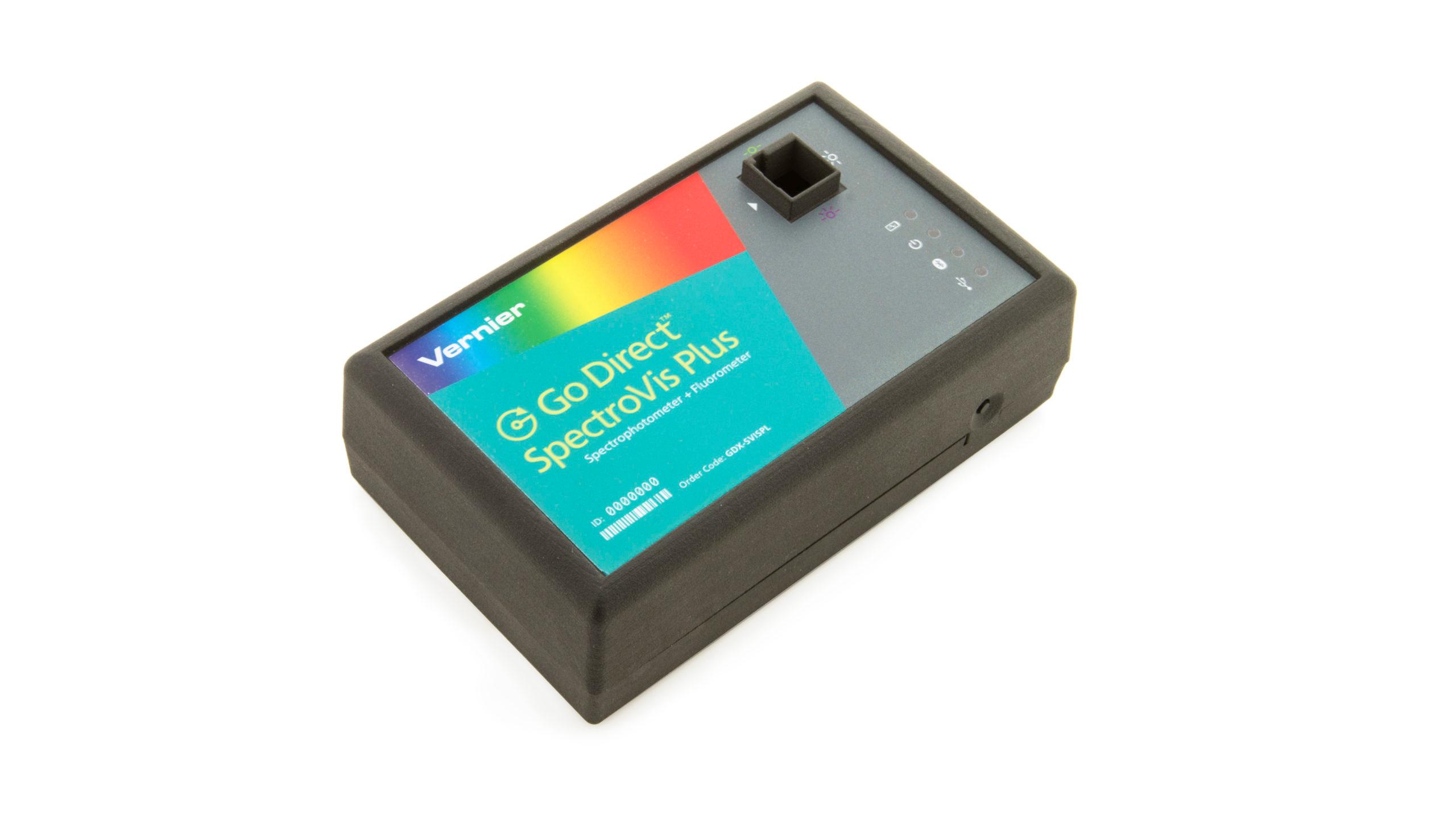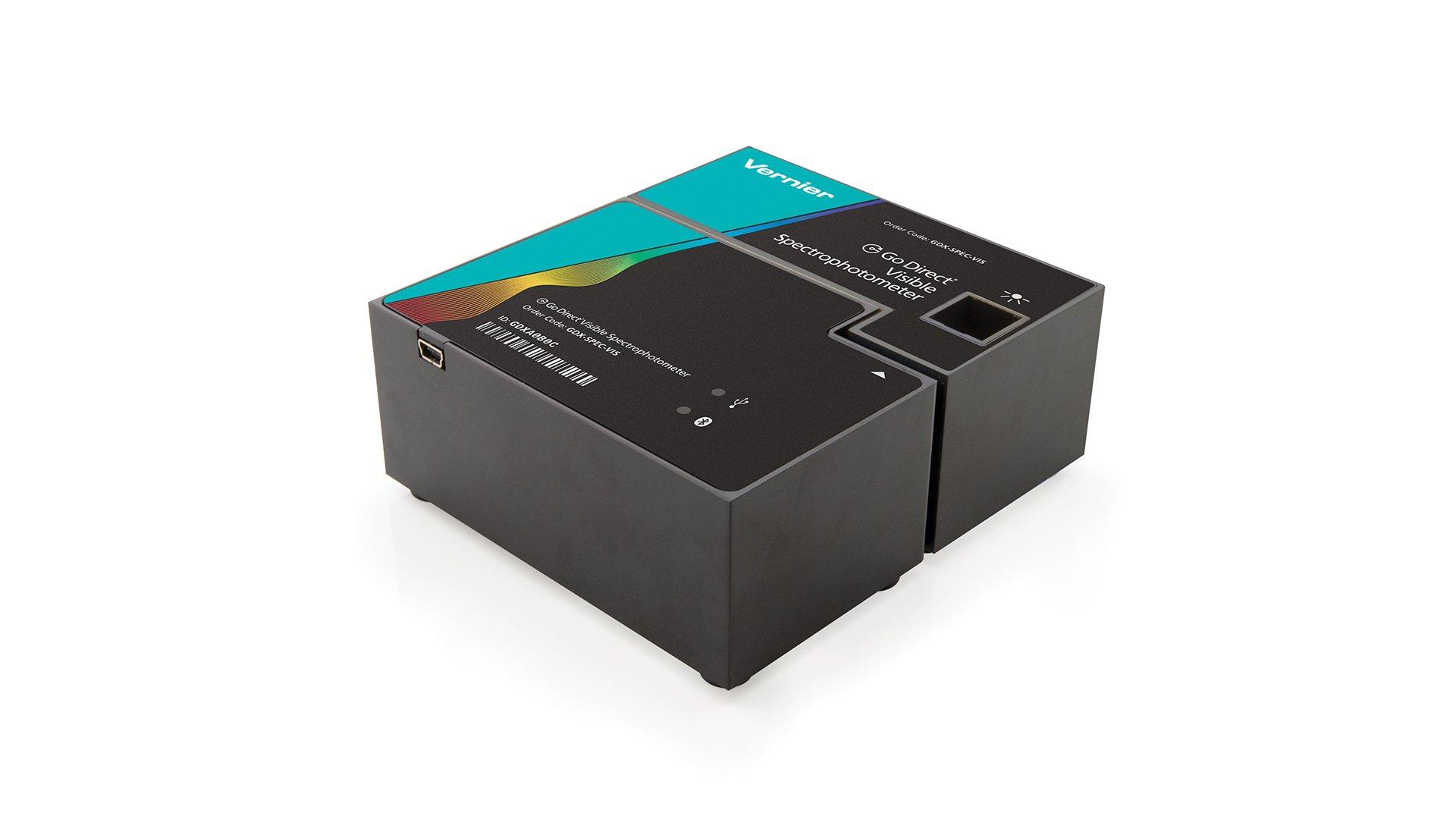Introduction
The kingdom Fungi contains the Basidiomycota or club fungi, a group that includes what we call mushrooms. Mushrooms are decomposers that have evolved to grow in diverse environments. The button mushroom (Agaricus bisporus), also known under various names including: common mushroom, table mushroom, and champignon mushroom, is native to grasslands. The oyster mushroom (Pleurotus ostreatus) is typically found on trees and wood. Other mushrooms are mycorhizal, which means that they have evolved symbiotic relationships with the roots of specific trees. The matsutake (Tricholoma magnivelare) and chanterelles (Cantharellus sp.) are examples of mycorhizal mushrooms. Morels, false morels, and truffles are also decomposers, but they are not true mushrooms, they are classified as cup fungi and belong to the group Ascomycota.
In this investigation, you will be studying the cellobiase activity found in different types of club and/or cup fungi. Cellobiase is involved in the last step of the process of breaking down cellulose, a molecule made up of bundled long chains of glucose that are found in plant cell walls, to glucose. This is a natural process that is used by fungi to produce glucose as a food source.
The natural substrate for the enzyme cellobiase is cellobiose. This is a disaccharide composed of two beta glucose molecules. However, when scientists study enzyme function, it is best if there is an easy way to detect either the amount of substrate that is used up or the amount of product that is formed. Solutions of cellobiose (substrate) and glucose (product) are colorless, and there are not many simple methods to detect these molecules quantitatively.
To make this reaction easier to follow, an artificial substrate, p-nitrophenyl glucopyranoside, will be used. This artificial substrate can also bind to the enzyme and be broken down in a manner similar to the natural substrate cellobiose. When the artificial substrate, p-nitrophenyl glucopyranoside, is broken down by cellobiase, it produces glucose and p-nitrophenol. When p-nitrophenol is mixed with a basic solution referred to as the stop solution, it will stop the reaction and turn the solution yellow. The amount of yellow color is proportional to the amount of p-nitrophenol present. For every molecule of p-nitrophenol present, one molecule of p-nitrophenyl glucopyranoside is broken apart. For the cellobiase reactions being run, another advantage of using a basic solution to develop the color of the p-nitrophenol is that the basic pH will also denature the enzyme and stop the reaction.
Objectives
In this Preliminary Activity, you will (1) produce a button mushroom extract, (2) react this cellobiase-containing extract with substrate, (3) collect samples after 1, 2, 3, 4, and 6 minutes of reaction, (4) use a spectrophotometer to measure the absorbances of the colored samples, (5) plot a graph of absorbance vs. time, and (6) use the graph to determine the rate of the cellobiase catalyzed reaction.
After completing the Preliminary Activity, you will first use reference sources to find out more about mushrooms, cellobiase activity, and the evolution and ecology of mushrooms before you choose and investigate a researchable question dealing with cellobiase and the evolution of mushrooms. Some topics to consider in your reference search are:
- cellulose
- cellobiose
- cellobiase
- basidomycota
- ascomycota
- mycorhizal
- ecology
- evolution
Sensors and Equipment
This experiment features the following sensors and equipment. Additional equipment may be required.
Correlations
Teaching to an educational standard? This experiment supports the standards below.
- International Baccalaureate (IB) 2025/Biology
- A4.1.9—Adaptive radiation as a source of biodiversity
- B4.1.1—Habitat as the place in which a community, species, population or organism lives
- B4.1.2—Adaptations of organisms to the abiotic environment of their habitat
- B4.1.3—Abiotic variables affecting species distribution
- B4.2.1—Ecological niche as the role of a species in an ecosystem
- B4.2.6—Saprotrophic nutrition in some fungi and bacteria
- B4.2.11—Adaptations of plant form for harvesting light
- B4.2.12—Fundamental and realized niches
- D4.1.1—Natural selection as the mechanism driving evolutionary change
- D4.1.4—Abiotic factors as selection pressures
Ready to Experiment?
Ask an Expert
Get answers to your questions about how to teach this experiment with our support team.
- Call toll-free: 888-837-6437
- Chat with Us
- Email support@vernier.com
Purchase the Lab Book
This experiment is #20 of Investigating Biology through Inquiry. The experiment in the book includes student instructions as well as instructor information for set up, helpful hints, and sample graphs and data.



